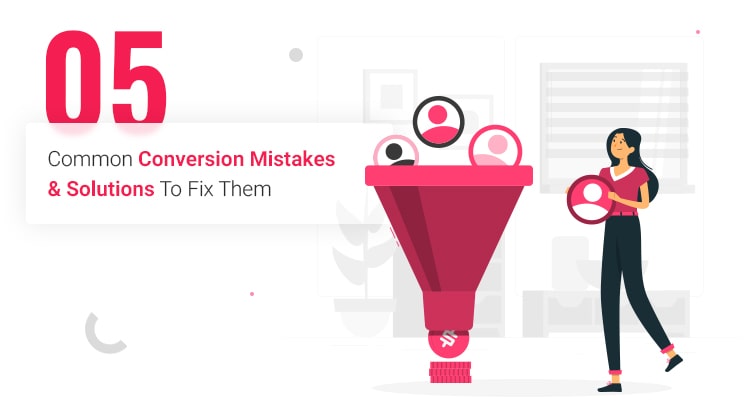Do you know what’s the worst thing that can happen after spending a fortune on your SEO Toronto strategy?
When your website gets traffic, it is either meaningless or inconvertible.
Sounds frustrating, right?
Hey, why are you worrying? You’re not alone! There are many businesses who are suffering from the same issue.
Good News
You know what, this issue is rectifiable!
In this blog, we’ll discuss some common mistakes which businesses make when it comes to driving conversions & Maximizing ROI.
1. Not having a CLEAR VALUE PROPOSITION
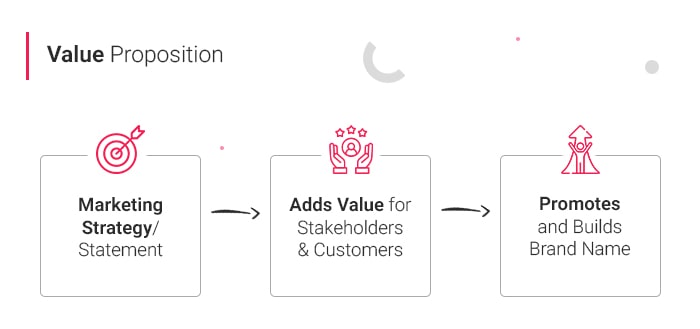
A value proposition has potential to outrank competitors. It convinces your potential audience to rely on your products and services by bypassing the same products with exactly or approximately the same features.
No matter whether you provide products better than others with comparatively better features, people will not buy your products or services if you don’t have a strong USP.
Solution: Make sure you have a clear and concise value proposition that is easy to understand and highlights the benefits of your product or service.
For example, Dollar Shave Club’s value proposition is “A Great Shave for a Few Bucks a Month,” which is simple, compelling, and memorable.
2. Cluttered Website Design & Poor User Experience
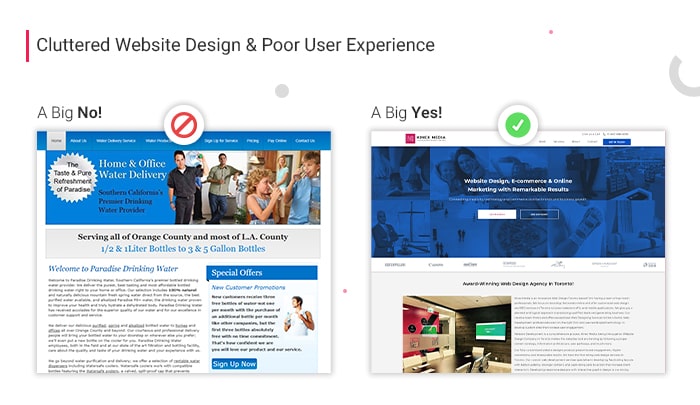
A website with complex navigation and poor design usually acts as a barrier in making your customers explore other offerings. It has been observed that users find it difficult to access the information they’re looking for. When that happens, users usually jump to your competitor’s websites.
Solution: Always go for a simple and minimalistic website design, because it makes information on your website easily accessible. It is suggested to keep your website clean (a clever use of whitespaces) and straightforward. Besides, it is suggested to ensure your website is responsive (fits perfectly on almost all the devices)
3. Vague Call-To-Action
A website with good UX, catchy content and high resolution fails to convert visitors into potential audiences because they aren’t clear with what they want their users to do.
Solution: Use easy-to-understand and impressive CTAs. Don’t use monotonous CTAs. Monotony usually prohibits the users to act according to the CTAs. You can use CTAs like:
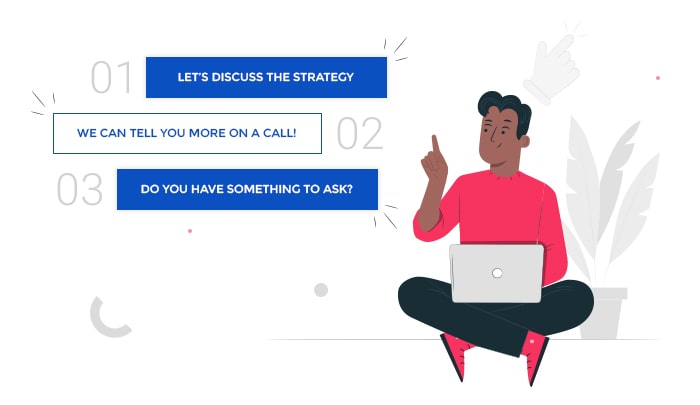
If you want to use simple CTAs, you can use them creatively:
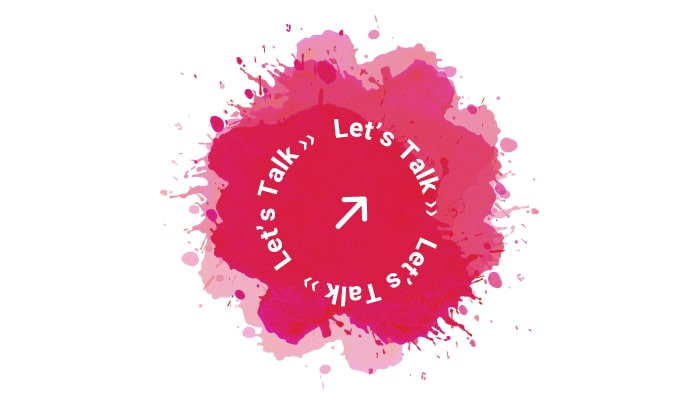
4. Ignoring the importance of social proof
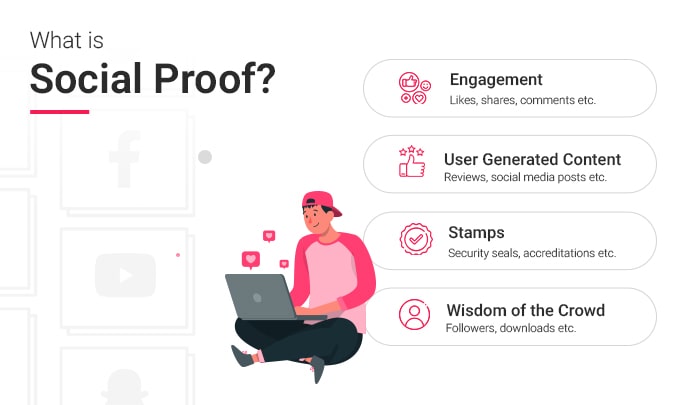
Social proof is the idea that people are more likely to trust a business or product if others have had a positive experience with it. However, many businesses fail to include social proof on their website, which can lead to a lack of trust from potential customers.
Solution: Include social proof elements on your website, such as customer reviews, ratings, or testimonials. This will help build trust and credibility with your potential customers.
5. Not tracking and analyzing data
![]()
Without tracking and analyzing data, it’s hard to know which parts of your website are working and which aren’t. Failing to track data can result in missed opportunities to improve your website and increase conversions.
Solution: Use tools like Google Analytics to track your website’s performance and identify areas for improvement. Analyze your data regularly and make data-driven decisions to optimize your website for conversions.
Example:
Let’s say you own a local restaurant in Toronto, and you have invested in SEO to drive traffic to your website. However, your website is not optimized for conversions, resulting in a low conversion rate. By implementing the above solutions, such as improving website design, adding social proof, and including clear CTAs, you can improve your conversion rate and turn your website traffic into paying customers.
6. Your chances of generating leads and sales from your website
Remember, your website is your online storefront, and it’s crucial to make a good first impression to attract and retain potential customers.
Why did the marketer cross the road?
To get to the other side of the conversion funnel!
But seriously, improving your website’s conversion rate is no laughing matter. It can make a significant difference in the success of your business.
Real-Life Case Study
One of the world’s leading online retailers, Amazon, is a prime example of how optimizing your website for conversions can lead to massive success. Amazon is known for its customer-centric approach, which includes a user-friendly website design, personalized recommendations, and easy checkout process.
According to a case study by CXL, Amazon’s simple and straightforward checkout process, which includes a one-click checkout option, has helped the company increase its conversion rate by 20%. By making the checkout process easy and convenient for its customers, Amazon has been able to generate more sales and build customer loyalty.
Mastering the Art of Conversion: Do’s and Don’ts for Boosting Your Sales
A good conversion strategy is essential to any business that wants to turn potential customers into paying customers. It involves a series of carefully planned and executed steps designed to move the customer from initial interest to final purchase. Here are some do’s and don’ts of a good conversion strategy that can help you get more sales and increase your revenue:
DO’s |
DON’Ts |
|---|---|
Focus on the Customer:The customer should always be at the center of your conversion strategy. It’s essential to understand their needs, wants, and pain points to craft a strategy that resonates with them. For example, Amazon has a conversion rate of 13.5% because they have a user-friendly interface, and they make it easy for customers to find and buy products. |
Don’t Overcomplicate:Keep your conversion strategy simple and straightforward. Don’t overwhelm the customer with too much information or too many options. For instance, if you have too many CTAs, it can confuse the customer and reduce your conversion rate. |
Use Social Proof:Social proof is a powerful tool that can help build trust and credibility with potential customers. You can use customer reviews, ratings, and testimonials to show that your product or service is trustworthy and reliable. For instance, Yelp has a 33% conversion rate because customers trust their ratings and reviews. |
Don’t Mislead:Be honest and transparent in your marketing and advertising. Don’t make false claims or promises that you can’t deliver. Misleading customers will damage your reputation and reduce your conversion rate in the long run. |
Optimize Your Website:Your website should be optimized to make it easy for customers to find what they’re looking for and complete the purchase process. Use clear and concise messaging, easy-to-use navigation, and fast-loading pages. For example, Dropbox increased their conversion rate by 10% by simplifying their homepage and removing unnecessary elements. |
Don’t Ignore Analytics:Use data and analytics to measure the effectiveness of your conversion strategy. Don’t rely on guesswork or assumptions. Use tools like Google Analytics to track your website traffic, bounce rates, and conversion rates. For instance, Shopify uses analytics to optimize their checkout process, resulting in a 10% increase in conversions. |
Use Calls-to-Action:A call-to-action (CTA) is a prompt that encourages the customer to take a specific action, such as “Buy Now” or “Sign Up.” Use clear and compelling CTAs that stand out on your website and emails. For instance, HubSpot increased their conversion rate by 24% by adding a CTA to their blog posts. |
Don’t Ignore Mobile:Mobile devices account for more than half of all website traffic. Make sure your website is mobile-friendly and optimized for mobile devices. Use responsive design to ensure that your website looks and functions well on all screen sizes. For instance, Airbnb increased their mobile conversion rate by 10% by optimizing their mobile app and website. |
Test and Refine:A good conversion strategy is never complete. Continuously test and refine your strategy to improve its effectiveness. Use A/B testing to compare different versions of your website and emails to see which one performs better. For example, Obama’s presidential campaign used A/B testing to optimize their donation page, resulting in a 49% increase in donations. |
Don’t Ignore Follow-up:Follow-up with customers after they make a purchase or sign up for your newsletter. Use email marketing to stay in touch with them and offer them additional products or services. For instance, Amazon uses email marketing to recommend products to customers based on their past purchases. |
Takeaway:
Optimizing your website for conversions is an ongoing process that requires constant testing and analysis. By avoiding the common conversion mistakes and implementing the solutions discussed in this blog, you can improve your website’s performance and increase your ROI.
Remember to prioritize the user experience, make it easy for your visitors to find what they need, and provide social proof to build trust and credibility. And don’t forget to track and analyze your data to make data-driven decisions that will help you optimize your website for conversions.

